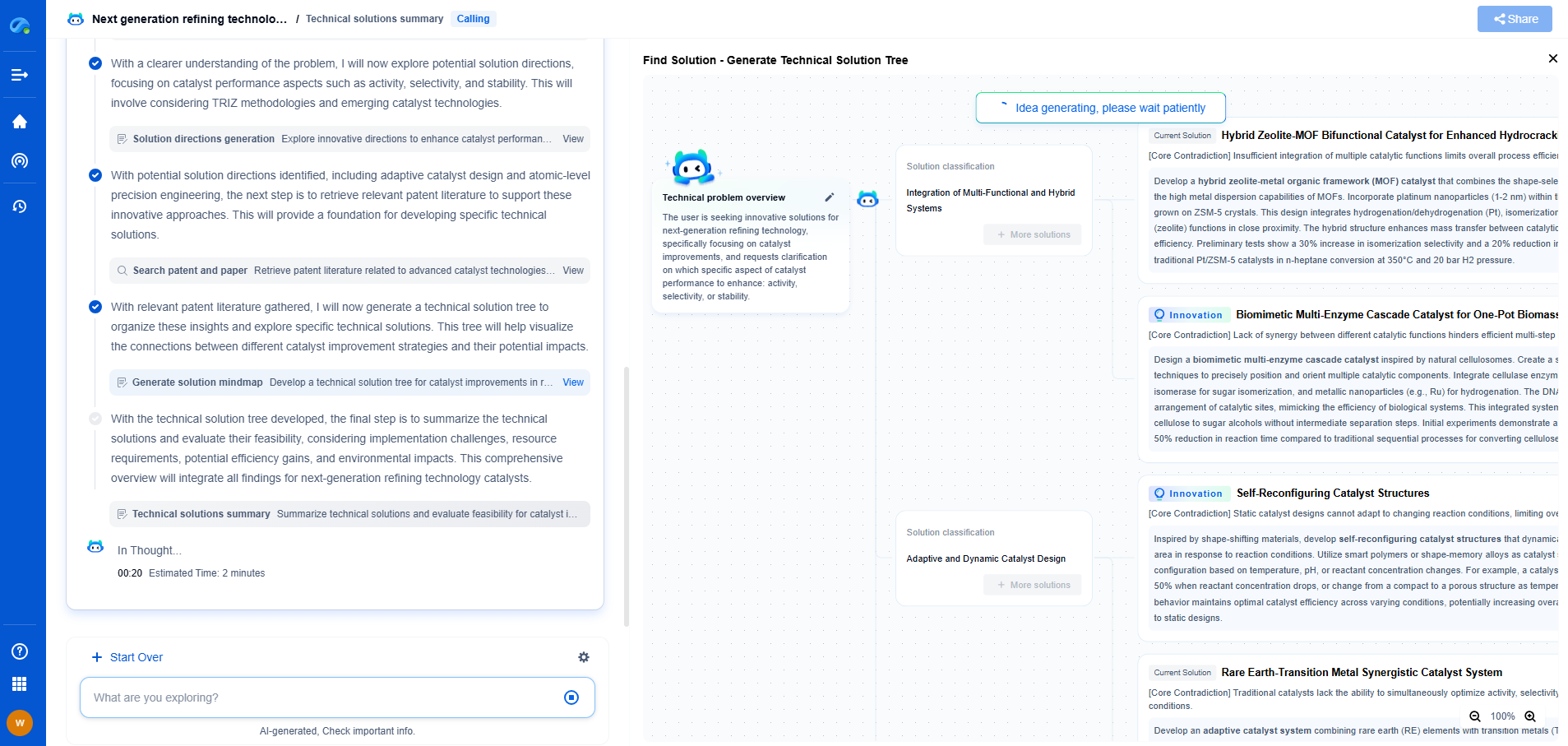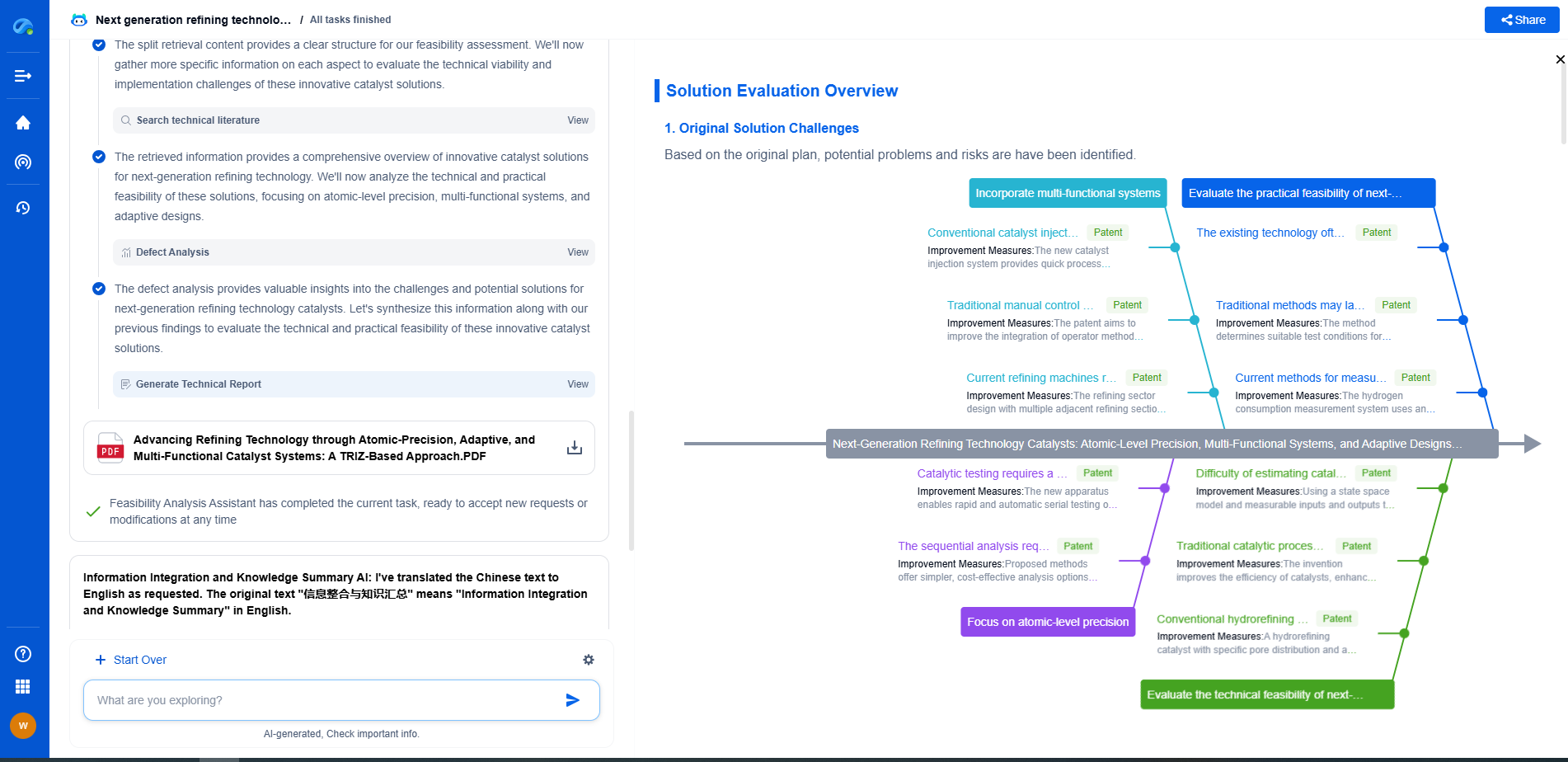Generative Adversarial Networks (GANs) can produce image blurriness due to issues like mode collapse, inadequate training, or low-quality discriminator feedback, which hinder sharp feature generation. Blurriness often results from the generator averaging multiple plausible outputs, leading to loss of fine details. Techniques such as progressive growing, improved loss functions (e.g., perceptual loss), and enhanced architectures (e.g., StyleGAN) help mitigate this by promoting high-frequency detail preservation. Effective training and architecture design are essential to reduce blurriness in GAN-generated images.
The Role of the Generator and Discriminator
To comprehend why GANs may produce blurry images, it's important to revisit the roles of the generator and discriminator. The generator's task is to produce images that are indistinguishable from real images, while the discriminator's job is to differentiate between real and fake images. The adversarial process between these two components is what drives the GAN to improve over time.
When the generator and discriminator are not well-balanced, issues such as mode collapse or blurriness may arise. If the discriminator is too strong, it might reject all images generated by the generator, leading to minimal learning. Conversely, if the generator is too strong, it might fool the discriminator too easily, resulting in images that appear plausible but lack detail and sharpness.
Identifying the Causes of Blurry Images
1. Imbalanced Training: One of the primary causes of blurry images is imbalanced training between the generator and the discriminator. If one becomes significantly better than the other, the GAN fails to converge properly, leading to poor-quality outputs.
2. Suboptimal Loss Functions: The choice of loss function greatly influences GAN performance. Standard loss functions such as binary cross-entropy may not always provide the necessary gradients for generating sharp images. Consider using improved loss functions, such as Wasserstein loss, which can help stabilize training and lead to clearer results.
3. Insufficient Model Capacity: A generator with inadequate capacity might not capture the complexity of the data distribution, resulting in oversimplified and blurry images. Ensuring that the generator has enough layers and parameters to model the data effectively can mitigate this issue.
4. Improper Hyperparameters: Learning rate, batch size, and other hyperparameters play a critical role in GAN performance. An inappropriate learning rate can cause instability and contribute to blurry outputs. Tuning these parameters carefully through experimentation can improve image sharpness.
Tips for Training Stability
1. Balance the Training: Keep the generator and discriminator well-matched in their learning progress. Techniques such as updating the generator multiple times per discriminator update can help maintain this balance.
2. Advanced Architectures: Implementing advanced architectures like Progressive GANs or StyleGANs can lead to higher quality images. These architectures incorporate techniques such as progressive growing and style transfer, which contribute to the generation of clearer images.
3. Regularization Techniques: Techniques such as gradient penalty or spectral normalization can be incorporated to enforce stability during training, thereby reducing the risk of generating blurry images.
4. Data Augmentation: Enhance the diversity of the training set through data augmentation. By exposing the generator to a wider range of data variations, you help it learn to generate sharper and more detailed images.
5. Monitor Training Dynamics: Regularly monitor the loss values of both the generator and discriminator. Sharp fluctuations may indicate instability. Use visualization tools to track the quality of the generated images throughout the training process and make adjustments as needed.
Conclusion
Blurry images in GANs can be a frustrating hurdle, but understanding their underlying causes and implementing strategies for training stability can lead to significant improvements. By maintaining a balanced adversarial process, employing advanced architectures, and carefully tuning hyperparameters, you can enhance the sharpness and realism of the images your GAN generates. As you continue to experiment and adapt these techniques, you'll gain deeper insights into the intricacies of GAN training, ultimately achieving clearer and more convincing images.
Why Your GAN Generates Blurry Images: Tips for Training Stability
JUL 10, 2025 |
Image processing technologies—from semantic segmentation to photorealistic rendering—are driving the next generation of intelligent systems. For IP analysts and innovation scouts, identifying novel ideas before they go mainstream is essential.
Patsnap Eureka, our intelligent AI assistant built for R&D professionals in high-tech sectors, empowers you with real-time expert-level analysis, technology roadmap exploration, and strategic mapping of core patents—all within a seamless, user-friendly interface.
🎯 Try Patsnap Eureka now to explore the next wave of breakthroughs in image processing, before anyone else does.
- R&D
- Intellectual Property
- Life Sciences
- Materials
- Tech Scout
- Unparalleled Data Quality
- Higher Quality Content
- 60% Fewer Hallucinations
Browse by: Latest US Patents, China's latest patents, Technical Efficacy Thesaurus, Application Domain, Technology Topic, Popular Technical Reports.
© 2025 PatSnap. All rights reserved.Legal|Privacy policy|Modern Slavery Act Transparency Statement|Sitemap|About US| Contact US: help@patsnap.com

